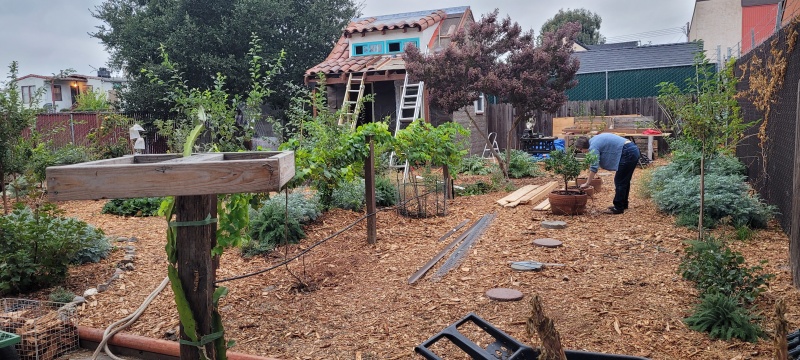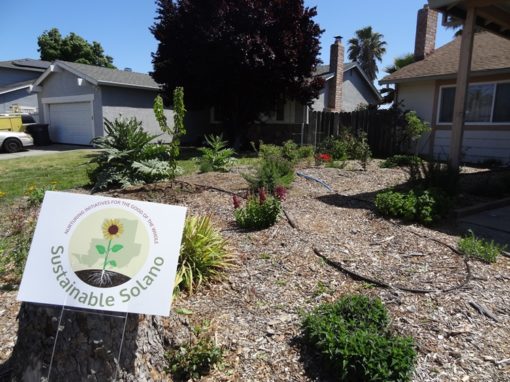Solano Sustainable Backyards
What is Sustainable Landscaping?
Sustainable landscaping creates a lush, beautiful and productive garden that incorporates trees, builds organic matter in soil and is designed around secondary water. Secondary water sources include greywater systems that reuse household water, including laundry-to-landscape, the most common approach. These gardens are also designed to capture rainwater and direct roof water to swales where it can recharge groundwater and nourish the plants in the garden.
Interested in bringing these techniques to your own property? Join us for a hands-on workshop or fill out our Sustainable Landscaping Interest Form here.
The Vision for Sustainable Backyards
We envision our Solano County neighborhoods green with trees and plants that support diverse ecosystems and provide shade, food and habitat for wildlife. These are neighborhoods that build community while building healthy soil and nurture connection to the environment and with each other.
The goal of our program is to introduce the concept and practice of permaculture to Solano County.
“Permaculture is a sustainable design system stressing the harmonious interrelationship of humans, plants, animals and the Earth. The core of permaculture is design and the working relationships and connections between all living things.” (Bill Mollison)
Solano Sustainable Backyards are gardens designed using the basic permaculture ethics of Earth Care, People Care and Fair Share. They draw on sustainable landscaping techniques to create vibrant gardens that yield abundance for those on the property as well as the greater community.
Seven Benicia demonstration food forests were funded by Benicia Community Sustainability Commission in 2014-2016. The expansion of the program to all of Solano County was funded by the Solano County Water Agency from 2016-2024.
Demonstration Food Forests
These demonstration food forests offer examples of different ways permaculture concepts can be incorporated into different types of properties while focusing on using water wisely. For more details on each one, including the inspiration for the project, the garden design and plants used, and water impact, click on any of the gardens below.
Benicia Sustainable Backyard
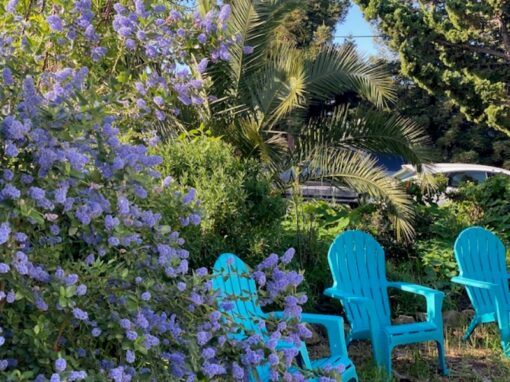
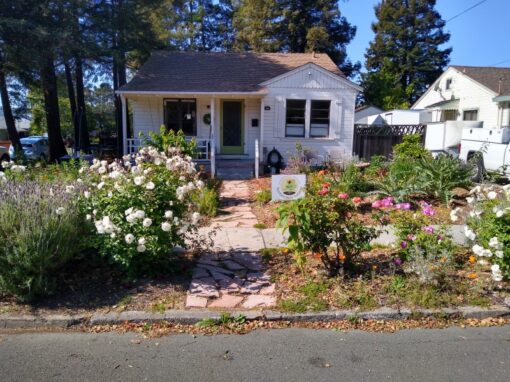
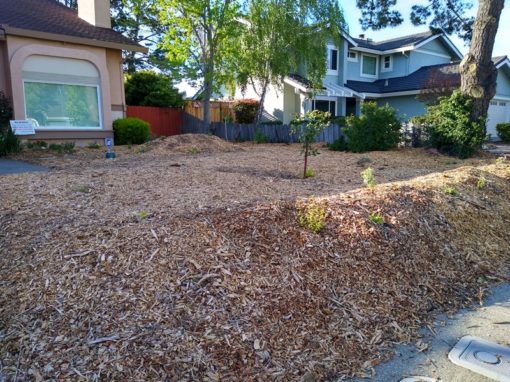
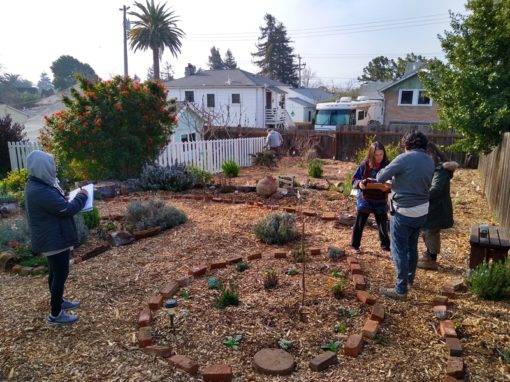
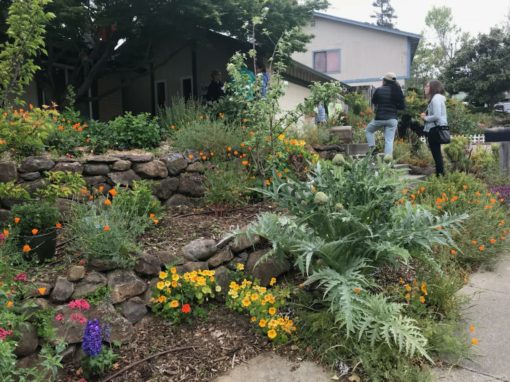
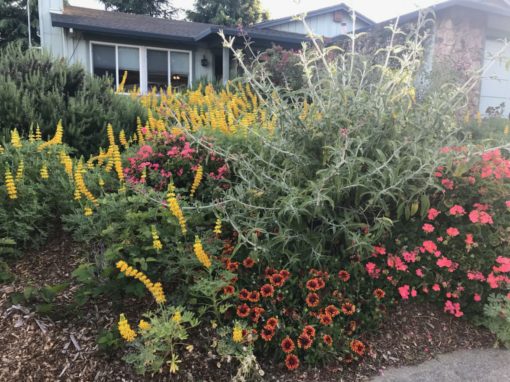
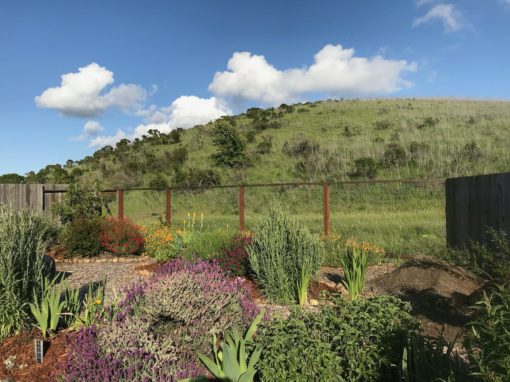
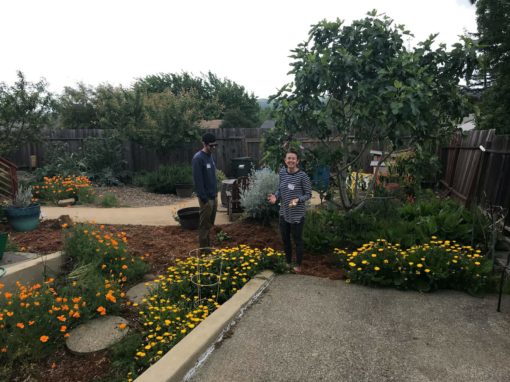
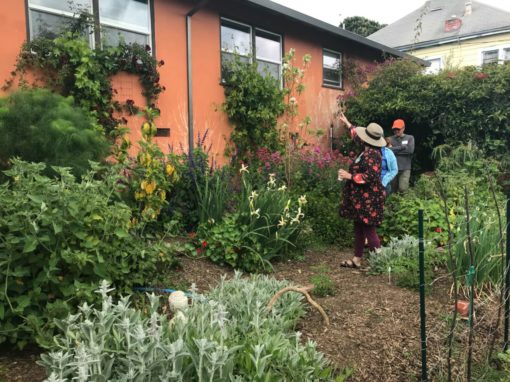

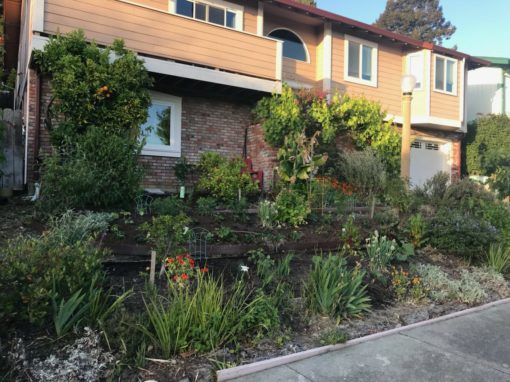
Dixon Sustainable Backyard
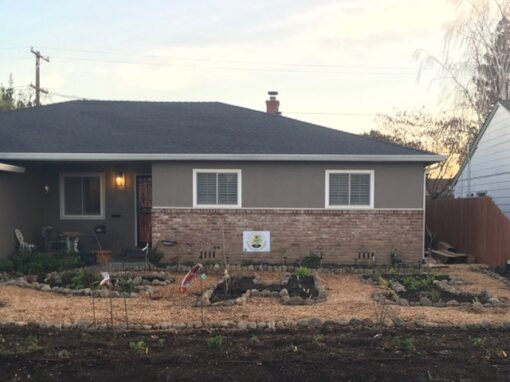
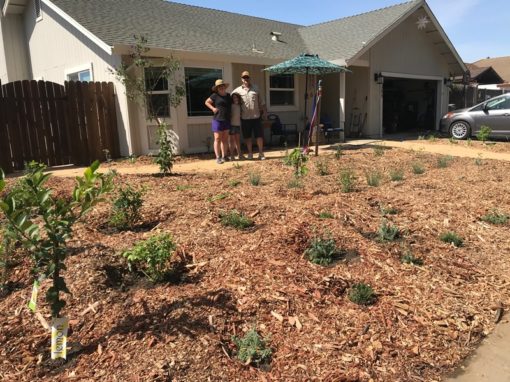
Fairfield Sustainable Backyard
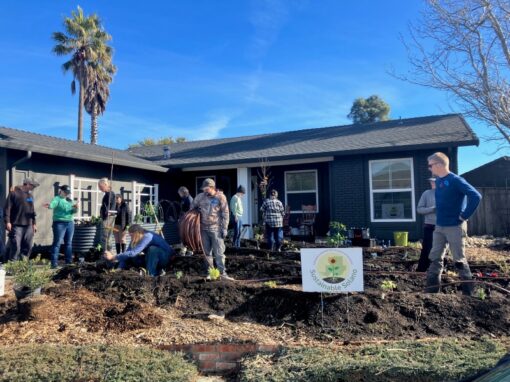
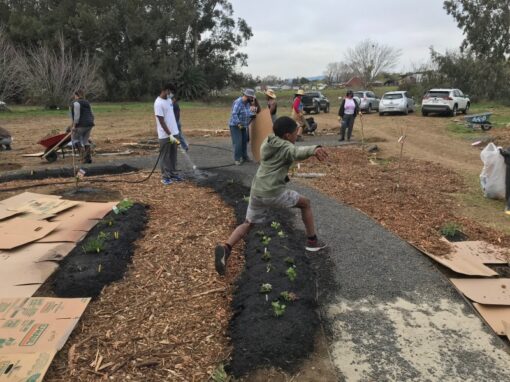
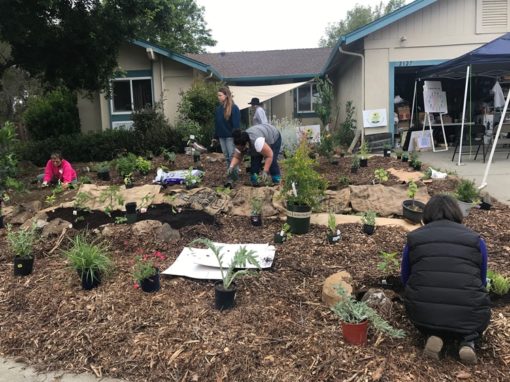
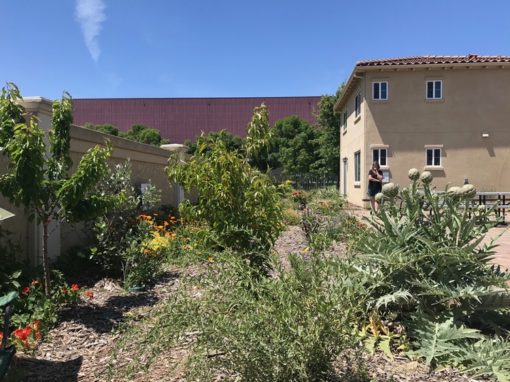
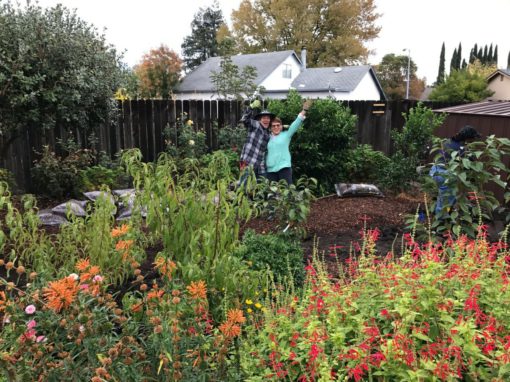
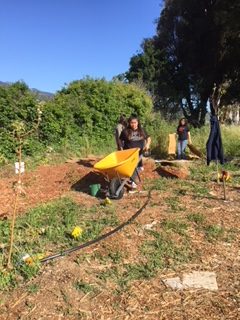
Rio Vista Sustainable Backyard
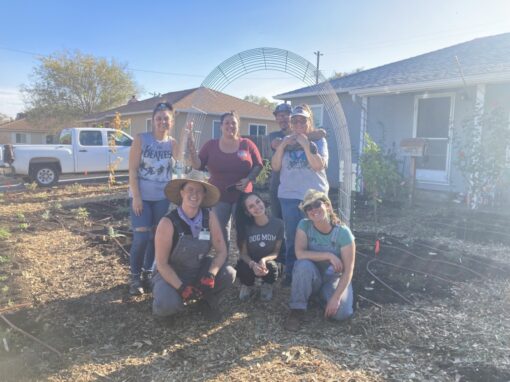
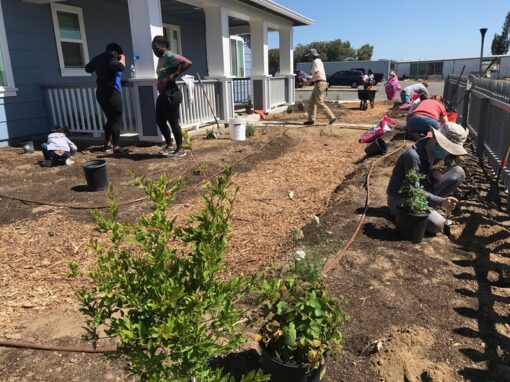
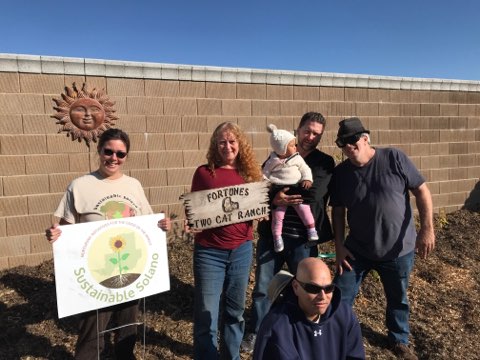
Suisun City Sustainable Backyard
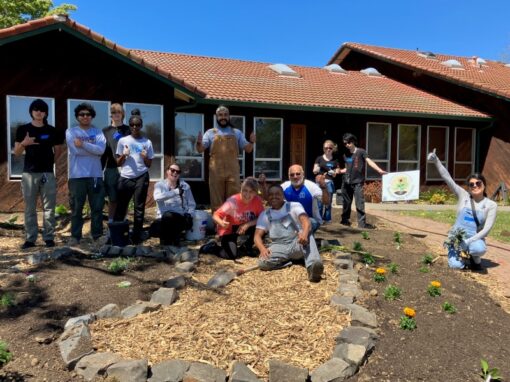
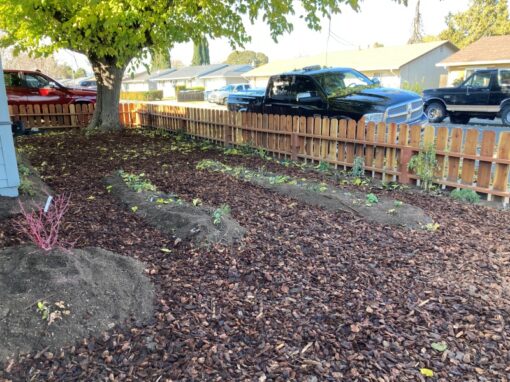
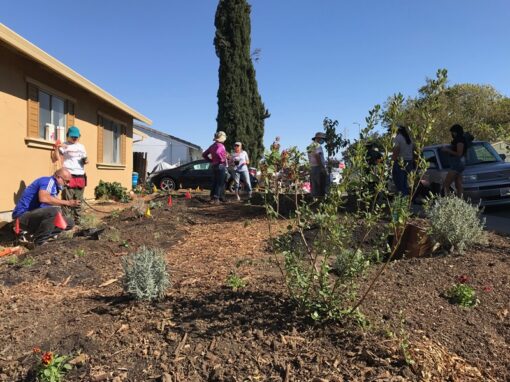
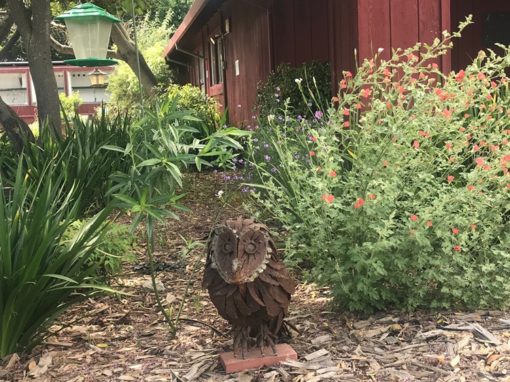
Vacaville Sustainable Backyard
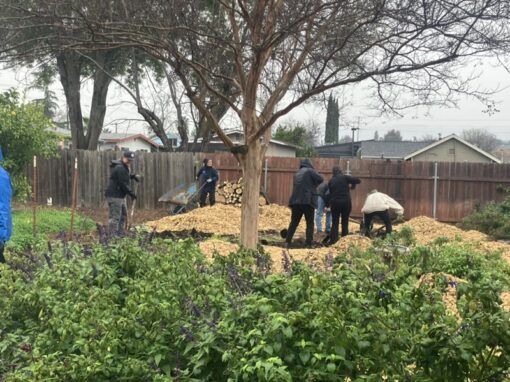
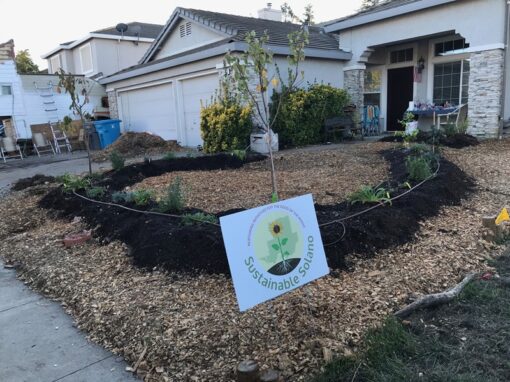
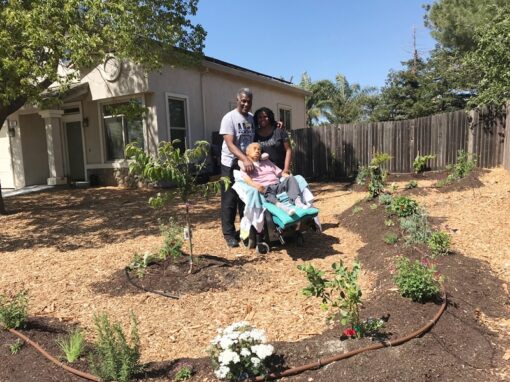
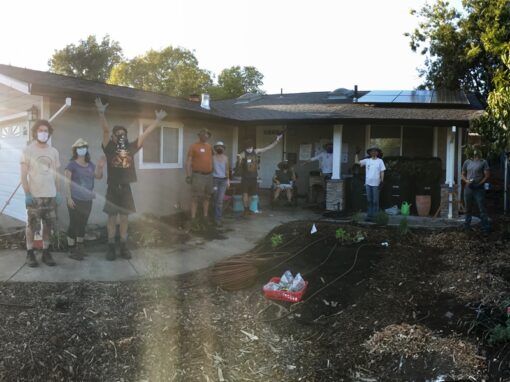
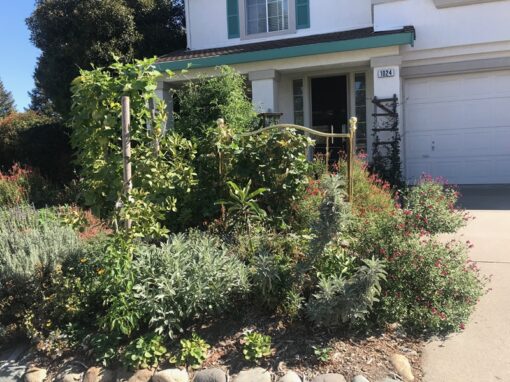
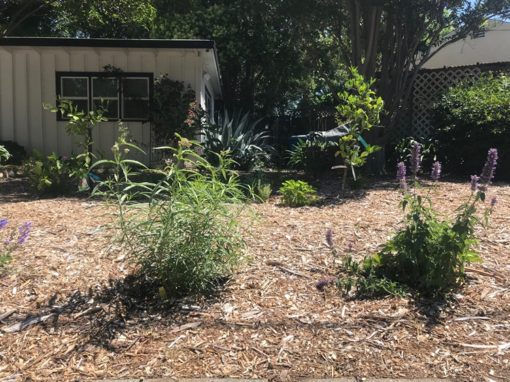
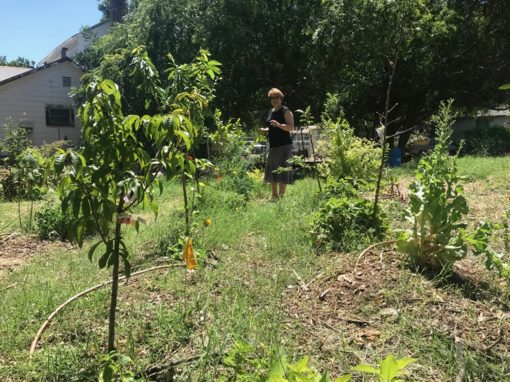
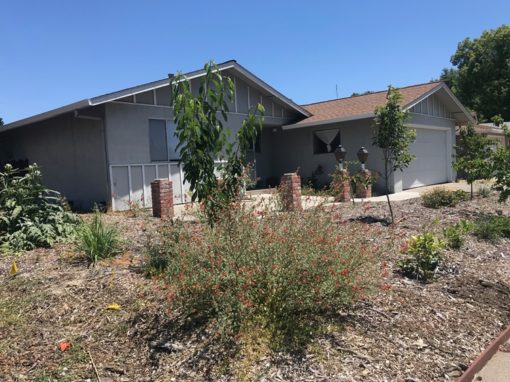
Vallejo Sustainable Backyard
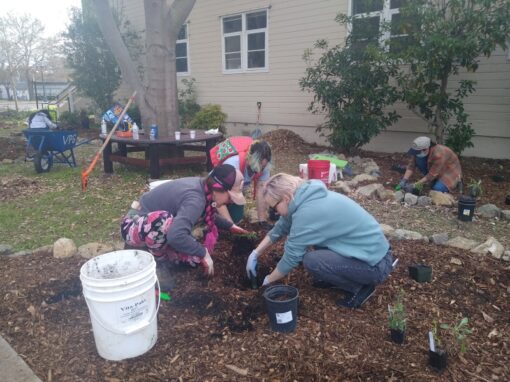
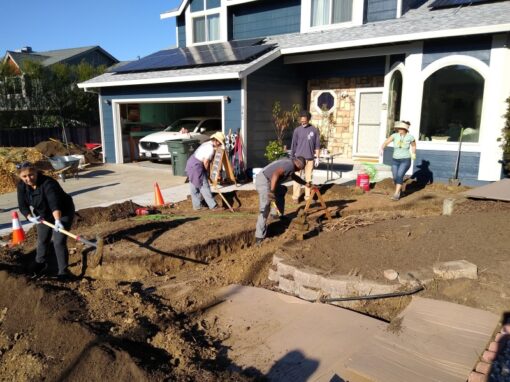
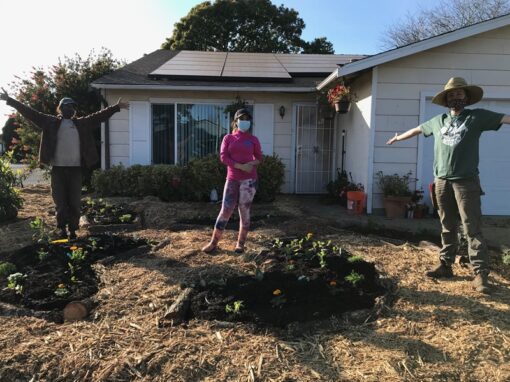
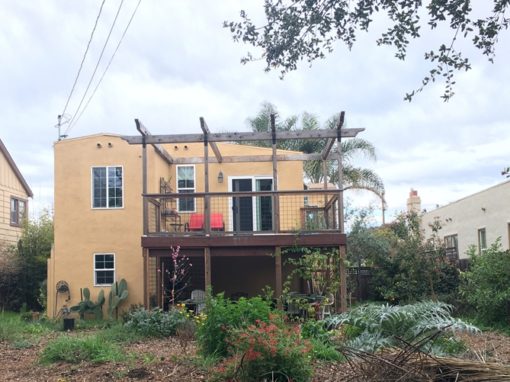
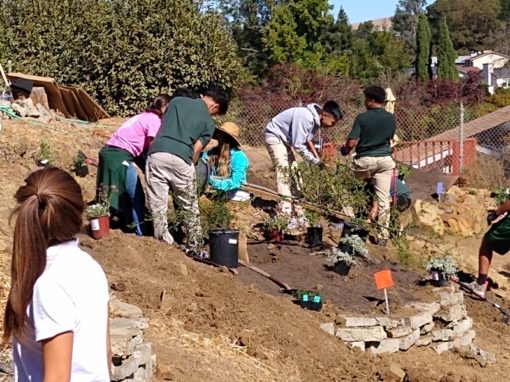
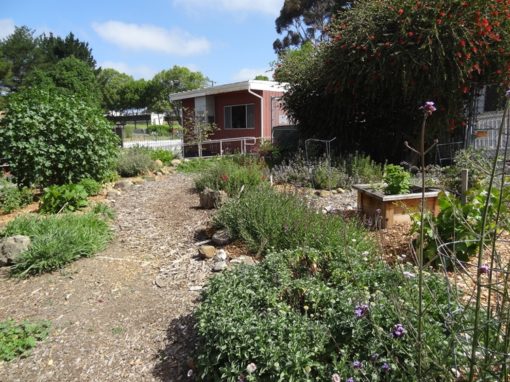
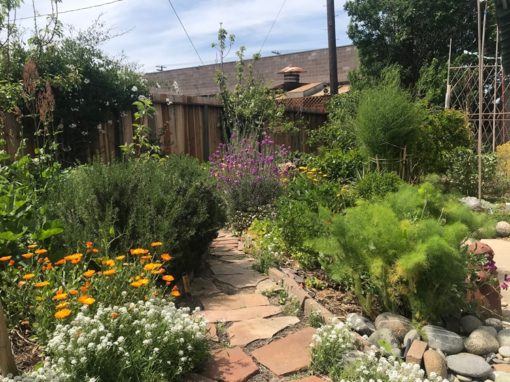
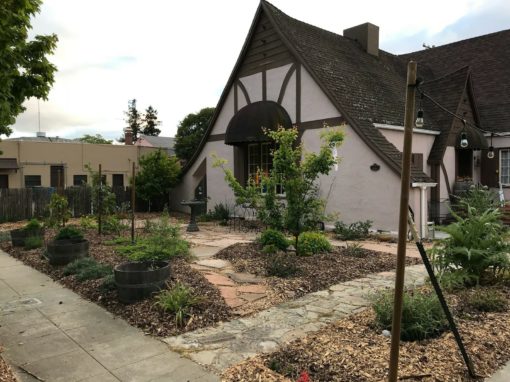
Inspired Gardens
